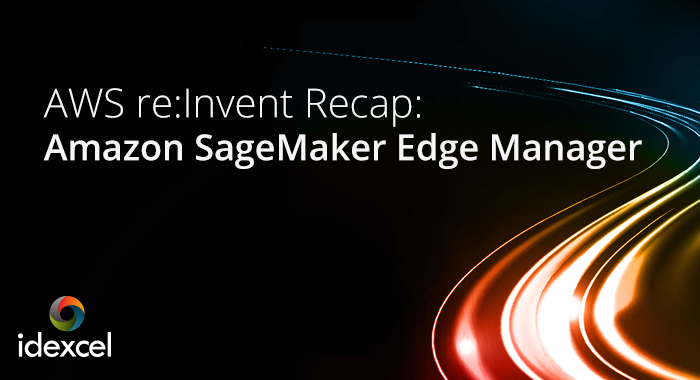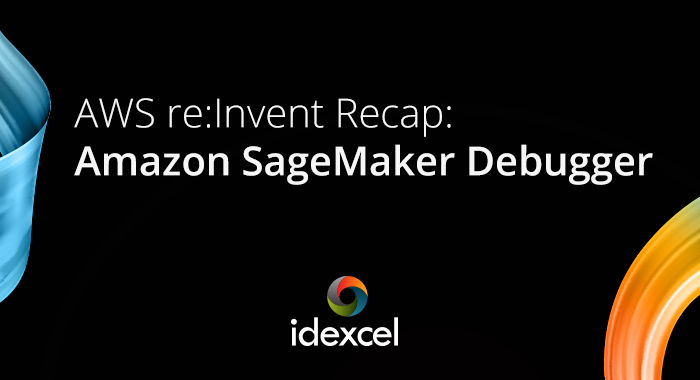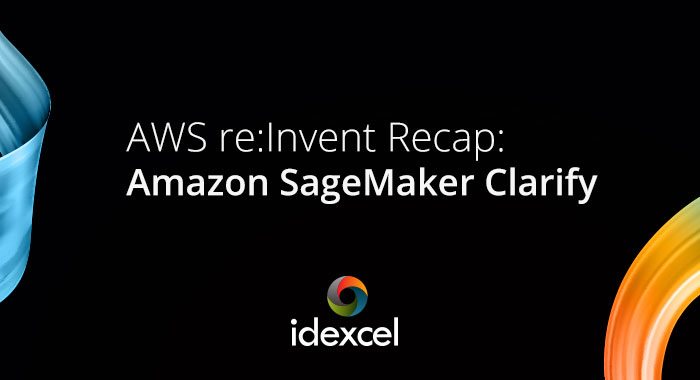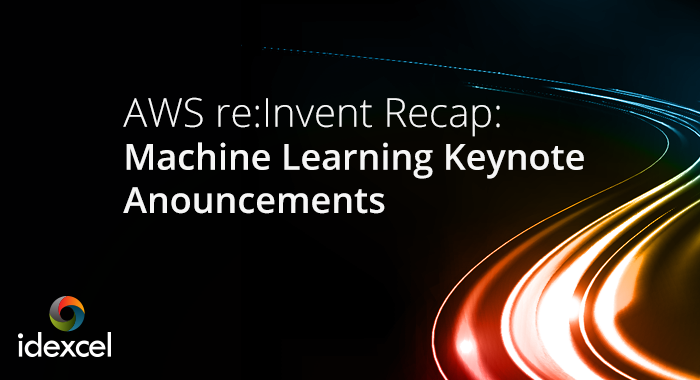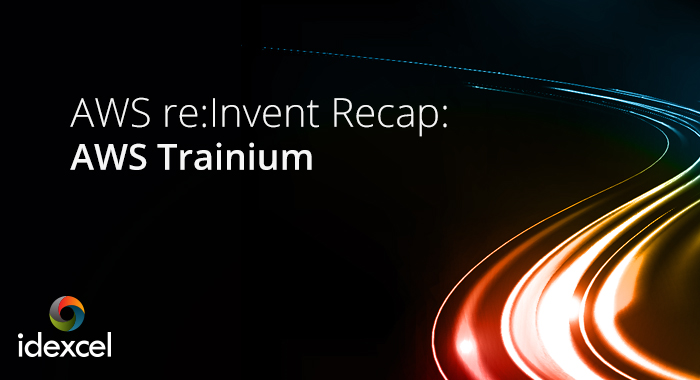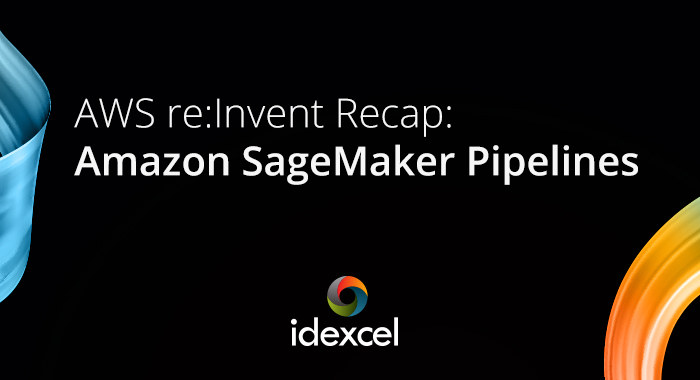
Major Service Announcements:
- NEW: AWS CloudShell is a browser-based, pre-authenticated shell that can be launched directly from the AWS Management Console to run AWS CLI commands against AWS services using a preferred shell of Bash, PowerShell, or Z shell. This can all be completed without downloading or installing command line tools. AWS CloudShell is generally available in us-east-1 (N. Virginia), us-east-2 (Ohio), us-west-2 (Oregon), ap-northeast-1 (Tokyo), and eu-west-1 (Ireland) at launch.
- PREVIEW: Chaos Engineering with AWS Fault Injection Simulator is a fully managed chaos engineering service that makes it easier for teams to discover an application’s weaknesses at scale in order to improve performance, observability, and resiliency. Developers can now specify conditions to create real-world scenarios that allow hidden issues to be revealed, monitoring potential unforeseen issues, and identify bottlenecks that might affect performance that are usually very tough to find.
- PREVIEW: Amazon Managed Service for Prometheus (AMP) enables developers to ingest, store, and query millions of time series metrics, increasing scaling capabilities. This Prometheus-compatible monitoring service makes it easier to keep track of containerized applications at a larger scale.
- PREVIEW: Amazon Managed Service for Grafana (AMG) is a secure data visualization service that allows users to query, correlate, and visualize various operational metrics, logs, and traces across multiple data sources to increase observability.
Why it Matters:
There were some major themes we noticed throughout the presentation that really resonated on how to help meet customer needs, wherever they are in their digital transformation journeys:
1. Architecture Sustainability: One of the biggest focuses for many organizations is analyzing the sustainability of their architectures and the impact it has on operations. Once COVID-19 forced companies to adapt how they work, looking at technical architecture strategies is no longer about working from home. It’s about working anywhere, with the right tools available to complete the work necessary that drives business success. AWS tools and new services launched enable development teams to build better solutions, but also to help our clients bring more sophisticated solutions to market faster.
2. Dependability: Another critical theme discussed was the need for solutions to be dependable and not bound by latency. Availability, reliability, safety, security are all properties of dependability that must be considered when building solutions. This is why we’re excited about the new fault removal, forecasting, and Chaos Engineering tool announced, AWS Fault Injection Simulator. This enables weaknesses to be identified quickly to be fixed, addressing the common challenge IT teams have adequately stress-testing cloud applications and. With the integration of the AWS Fault Injection Simulator, we will be able to stress-test applications at a much faster clip to ensure greater dependability in solutions we deliver to our customers.
3. Observability: Many organizations that have various systems generating and storing terabytes of data would benefit from an end-to-end observability that displays optimized analytics and valuable insights to IT and leadership teams. The sheer amount of data could be massive and near impossible to integrate into one core dashboard without the right tools and approach. That is why we are excited about the logging, monitoring, and tracing capabilities that will be available in the latest of two core service previews announced:
Amazon Managed Service for Prometheus (AMP) is a tool that automatically scales the intake, storage, and analytics queries when workloads sizes change and are integrated with AWS security services to. The service works with Amazon EKS, Amazon ECS, and AWS Distro for OpenTelemetry, enabling fast and secure access to required data sources.
Amazon Managed Service for Grafana (AMG) is a fully managed service that can be leveraged to create on-demand, scalable, and secure Grafana workspaces that create visualization elements and perform data analyzation from multiple sources.
4. Customer-Centricity: Every organization has a unique digital transformation journey with very specific needs that requires a tailored approach to build a solution that has an impact. Werner reiterated his message of building with customer needs in mind on Twitter by saying, “Think about what you can do to meet your customers where they are.” He reminded us to be conscious of important issues up front while designing products – services, interfaces, and user experience features that could help address their concerns during an uncertain time for many. It is critical that the services we build to address operational problems should consider the experiences we’re creating for people.
Are you ready to construct your Digital Transformation Roadmap or need to know a little more about how we can help? Get connected with an Idexcel expert to schedule your assessment today!

